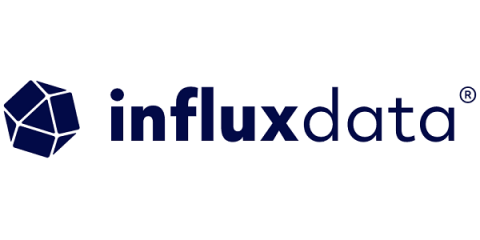LDAP authentication with Sensu Go: troubleshooting & tips
SSO is often accomplished by using Lightweight Directory Access Protocol (LDAP). While LDAP has a variety of use cases, in this post, I’ll focus on authentication — specifically, how to use LDAP authentication for single-sign on (SSO) with Sensu Go. First off, a quick overview of Sensu authentication.










